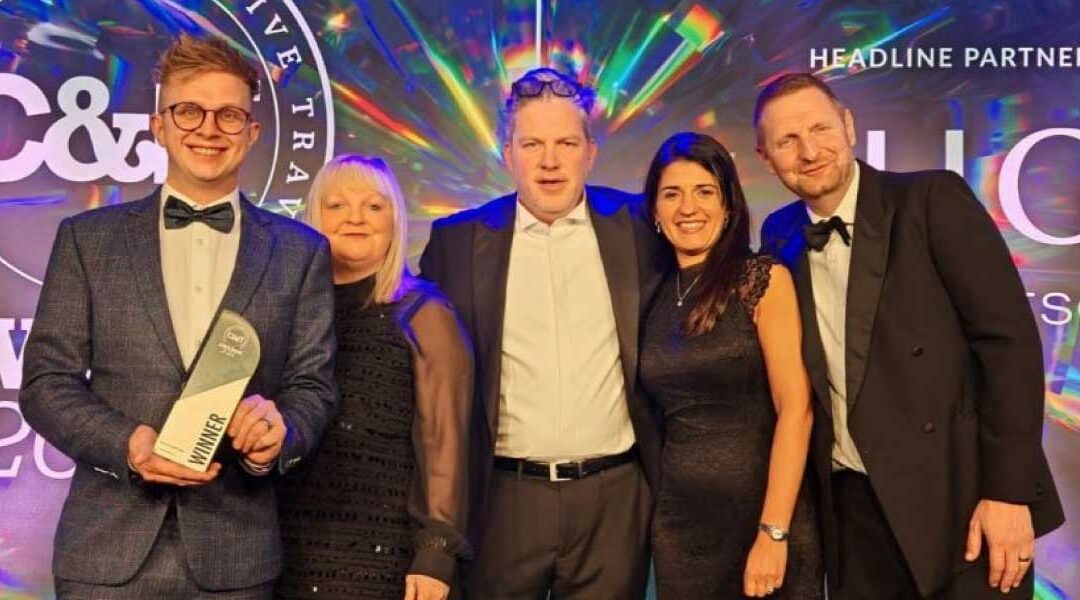Clients rightly expect an impressive, attention-grabbing event that aligns with their brand, promotes their products or services, and is memorably innovative, interactive and experiential.
To come up with the creative idea and vision is the job of the creative team. The job of the event production team is to turn that vision into reality within the available budget.
Strategic cost management of the production budget is crucial to a successful event as return on investment is a key marker of success.
However, measuring that return on investment can be a challenge because it’s part of an overall marketing strategy that is an interconnecting system in which the different elements combine together to generate the result.
As the production teams’ fundamental role is to fulfil the brief within budget, if the client is kept fully aware and has a clear view of progress, then they are likely to be more understanding if any issues do arise.
So what is the best way to navigate and manage cost increases with event production?
Good communication is key so that all parties are aware of the project’s progress. Be upfront and work with your production partner on the budget because achieving best value is to everyone’s advantage and genuine collaboration is invaluable.
Firstly, aim to keep the solution simple. More expensive does not always mean better.
By having some flexibility on perceived non-negotiables you need to look at the whole event programme to see whether allocated budget areas can be revised, for example, through a renegotiation of rates with external suppliers or the reuse or repurposing of existing assets.
So don’t just agree to the first quoted price and don’t reinvent the wheel if you can simply give it a new coat of paint.
Plan properly. Scrutinise the event objectively so that you can prepare and plan while keeping alternative options open to reduce the need for avoidable and costly changes.
Have deadlines and stick to them while at the same time, incorporate installation, rehearsals, and breakdown time into the venue contract. Unexpected, overnight, or short install times inevitably cost more as they will require more people and split teams.
Keep control and oversight of logistical costs and build relationships to support simpler cost negotiations – freeing up more budget for more specific requirements. And make sure that you allow budget for the conent when incorporation of creative technology at the event – content is key! A large format LED video wall is just a wall without the inspiring content to show.
For more substantial events, overall management, plenary spaces etc. always use and strengthen relationships with trusted partners. Reliability is a huge asset.
The greater the access to a space with accessible rigging, power etc. the more cost effective the production so if the venue imposes restrictions, for example, due to age or location, be aware and create solutions sooner rather than later. This includes personnel and logistical cost increases due to traffic, parking, or loading restrictions which must be factored into the budget.
Use technology and lighting to maximise the available space and try to create spaces that can be easily adapted for different purposes. Agile timing and creative use of technology could convert a breakout space to a plenary space – one space, two uses – far more economically than using two different spaces that require kit and people.
Maximising the creative and appropriate use of technology is also key. Apps that support and personalise your event, ensuring attendees are in the right place at the right time and driving engagement through projection mapping are all good examples.
Likewise, data collection is key to evaluating the performance of one event and informing planning for the next. Gather engagement data to analyse the event’s popularity and inform future return on investment.



